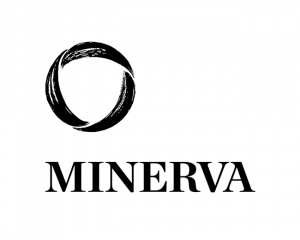
It’s not news that the university (as an institution) is in trouble. This headline has been making the rounds for years, as prices creep up, student employment drops down, and well-publicized scandals (bankruptcy; child abuse; mistreatment of athletes) seem to be on the rise. Most attention has been focused on a few discrete issues, such as student debt and adjunct faculty. But one entrepreneur is changing that.
The Minerva Project bills itself as a new “elite American university”, although what that means is questionable. It has no campus; students rotate through several different world cities. So it is not physically located in the US. Of its first class, considerably less than half are American. So it is not comprised of primarily Americans, either (as are schools such as Harvard, Yale, and Princeton). And given the school’s global ambitions, it’s not clear that ‘American’ is what the Minerva project is really about.
Based on the curriculum, in fact, the school seems to be a Grand Tour for the modern age. In the early modern Grand Tour, young men traveled through Europe (primarily Italy, France, Germany, and Greece), visiting the great sites of the past, meeting others of their social station, and participating in some of the first experiential education.
To its credit, the Minerva Project differs from the Grand Tour in some pretty fundamental ways. First (and somewhat obviously for a 21st-century institution), it enrolls both men and women. Second, it isn’t narrowly focused on the Western past, as its campuses in Buenos Aires and Mumbai (among others) demonstrate. And finally, it is not limited to the wealthy. Tuition currently is only $10,000 per year – a price which (in the US) is inexpensive, but looks less impressive when compared with the public institutions of Canada, the UK, or Germany, among others.
Right now, it is too early to say whether the Project will succeed. Certainly the first cohort is taking a risk: with a degree from a hyped but unproven institution, they may find it even more difficult than their peers to find jobs after graduation, or to make it into graduate school (and yes, your alma mater counts). Their contact with faculty is more limited than it will be for their peers at traditional institutions, which means that they may miss out on mentorship opportunities or the chance of a recommendation. And with limited academic supervision, many may fall by the wayside.
In that sense, it would be wise for the leaders of the Minerva project to remember the goddess they’ve chosen as a figurehead. Minerva (Athena in Greek myth) is in charge of skilled crafts and is a good model for an educational enterprise. But that’s the D’aulaire’s version of Minerva. The actual goddess was a bit more complex. In Greek myth, when Minerva/Athena interacts with adults, she appears as herself (see most books of the Odyssey or Iliad). But when she interacts with the intellectually immature Telemachus, she changes shape into Mentor. There’s a difference between leading adults and guiding teens.
The Minerva Project’s website is very complimentary, praising future students’ intelligence, drive, and potential to become leaders. But sometimes you need more than that. The Grand Tour in itself didn’t create leaders or spur innovation; it was a finishing school for gentlemen. What really mattered was the entire package: wealth, leisure, experience, connections. The Minerva Project can only offer part of the Tour experience. We will have to wait to see if it’s enough.
About the Author: Jaclyn Neel is a visiting Assistant Professor in Ancient History at York University in Toronto, Ontario.